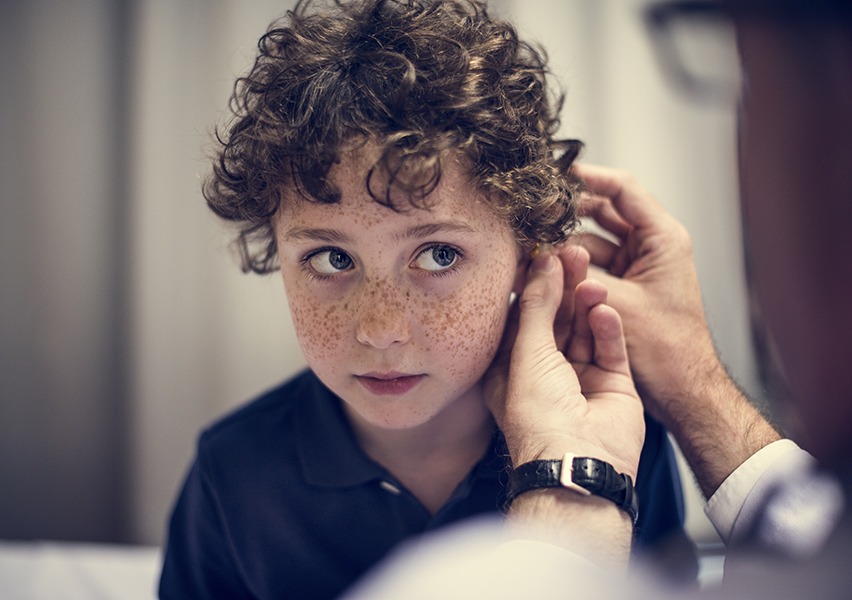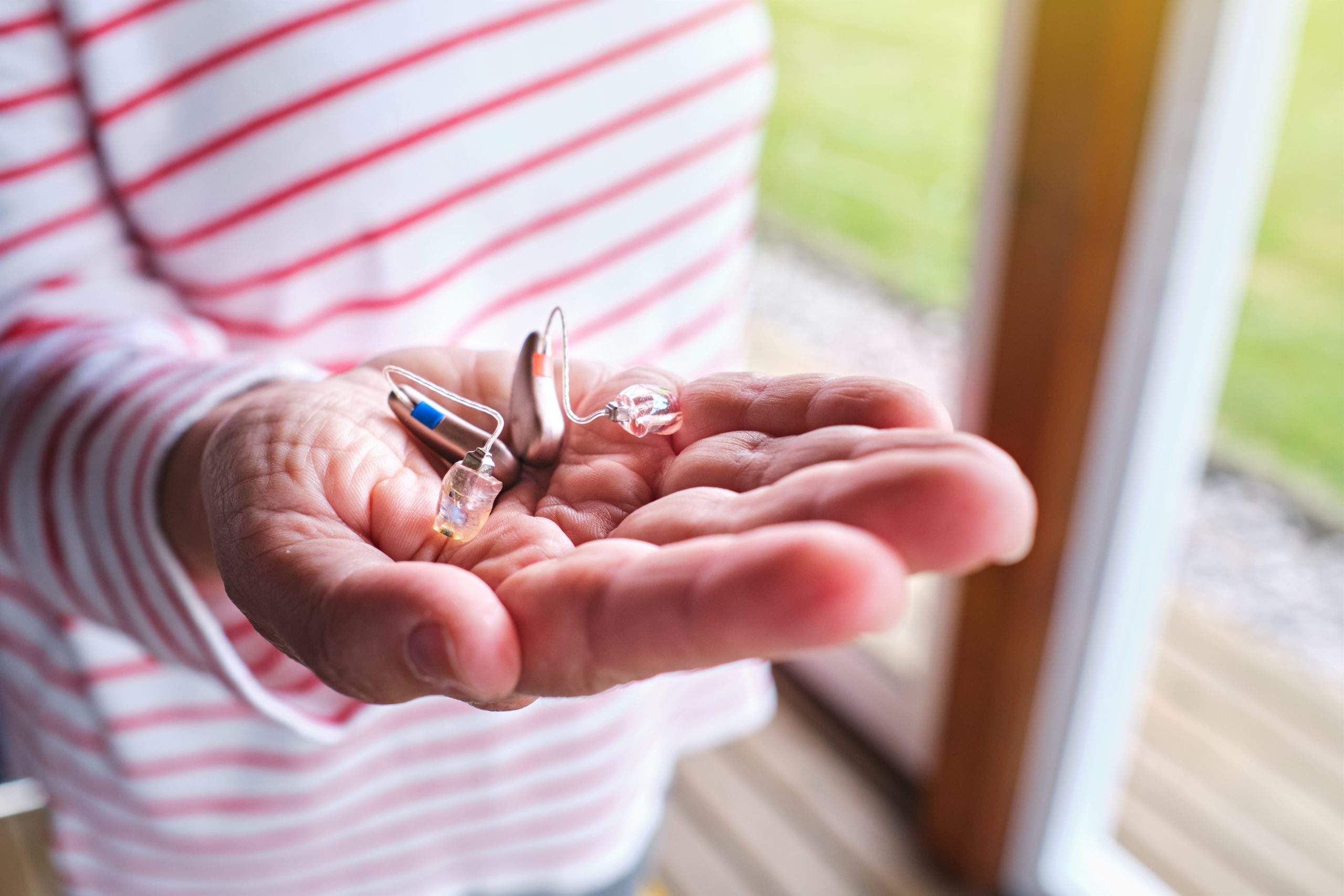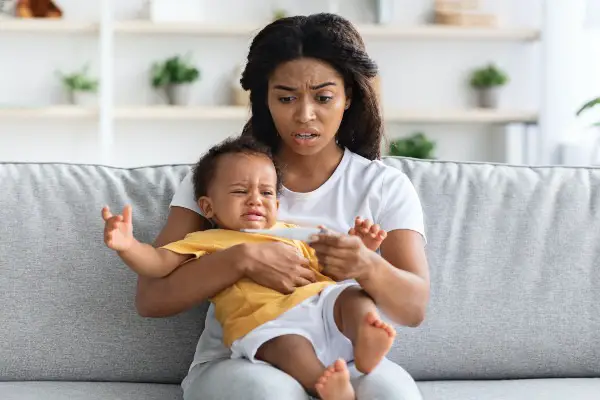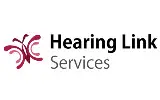Introduction
As we continue to navigate the unpredictable seas of the COVID-19 pandemic, our societal lens has been forced to adjust, revealing the challenges and triumphs that emerge in its wake. The elderly, particularly those caring for individuals with conductive hearing loss, have had to weather the storm with added complexity. Indeed, the world of conductive hearing loss care has been transformed significantly, demanding adaptability and resilience in every facet of life.
Yet, amidst the unprecedented, there is a narrative of courage and innovation. New methods of healthcare delivery have emerged, systems have been forced to adapt, and individuals have demonstrated immense resilience. A landscape once marked by direct, in-person care has had to quickly pivot to digital interfaces, taking strides towards a future that seems increasingly oriented towards remote, accessible, and patient-centric models of care.
In a world reshaped by the invisible enemy that is the COVID-19 virus, how has conductive hearing loss care evolved? How are seniors, as caregivers, grappling with these changes, and what are the implications for their loved ones with hearing impairment? This blog will delve into these questions, shedding light on the profound impacts of COVID-19 on conductive hearing loss care and how the world has adapted to respond.
It’s important to remember that every cloud has a silver lining. The upheaval caused by the pandemic has not only revealed our societal vulnerabilities but also provided an opportunity to address them. Join us as we navigate this transformative journey of conductive hearing loss care amidst the COVID-19 crisis, with a focus on the resilience and determination that marks every step forward.
Prof-ReChargeable-Hearing-Aid
Experience Exceptional Sound Quality with Vivtone RIC02, a professional RIC hearing aid featuring a receiver in the canal design. Enjoy superior sound fidelity, reduced distortion, and minimal feedback. With a remarkable 51dB peak sound gain, it surpasses many other devices, catering to a wide range of hearing loss levels.
State-of-the-Art Technology awaits you with Vivtone RIC02. Designed with US-made components from renowned brands like Intricon and Knowles, this advanced device offers exceptional quality at a fraction of the cost. The built-in 30mAh steel-sealed lithium polymer battery charges rapidly in just 1.5 hours and provides an impressive battery life of over 20 hours.
Reliability and Water Resistance come hand in hand with the Vivtone RIC02. Secure your device with the included lanyard and clip, preventing accidental loss. With an IP65 rating, these hearing aids are resistant to water, sweat, and raindrops, assuring longevity and durability. Give the perfect gift to your seniors and loved ones, as this device combines functionality with an appealing appearance and packaging.
The Role of Telehealth in Conductive Hearing Loss Care Amidst COVID-19
The pandemic’s restrictions have necessitated a shift in healthcare delivery, leading to the rapid expansion of telehealth services. In the realm of conductive hearing loss care, this transformation has been nothing short of revolutionary. Telehealth provides a lifeline for patients who, due to the virus, find it challenging to attend in-person appointments.
Telehealth platforms have been modified to cater to the needs of those with conductive hearing loss, incorporating features such as real-time captioning and sign language interpretation. These adaptations, while borne out of necessity, have significantly enhanced the accessibility and convenience of healthcare for individuals with conductive hearing loss. From online consultations with audiologists to virtual hearing aid fittings, the continuum of care has been reshaped to reach patients right where they are, at home.
Despite the inherent challenges, such as ensuring digital accessibility for seniors or addressing privacy concerns, the rise of telehealth is a testament to the innovation and resilience sparked by the pandemic. Telehealth has not only bridged the physical divide caused by the pandemic but also planted the seeds for a healthcare future that is inclusive and accessible, paving the way for ongoing advancements in conductive hearing loss care.
The COVID-19 pandemic has propelled telehealth to the forefront of healthcare. In our quest to provide the best care for our loved ones with conductive hearing loss, this technology has become a silver lining.
Using telehealth services, we can connect with healthcare providers from the comfort of our homes. Routine hearing check-ups, counseling sessions, and even certain diagnostics can now be done remotely. The need for physical interaction is minimized, thereby reducing the risk of exposure to the virus.
Let us consider the example of Mrs. Johnson, a 75-year-old woman caring for her husband who has conductive hearing loss. At the beginning of the pandemic, she was understandably concerned about her husband’s regular check-ups. The fear of exposure to the virus had her worried. However, with telehealth, she was able to arrange a virtual appointment with the audiologist. They conducted a remote hearing test and were able to adjust Mr. Johnson’s hearing aid settings based on the results. This provided her with a sense of relief and control amidst the chaos.
Navigating the Impact of COVID-19 on Children with Conductive Hearing Loss
COVID-19 has had a profound impact on our lives, but for children with conductive hearing loss, the situation is even more complex. These children face unique challenges, including disruptions to their education and social life. School closures and the transition to online learning have been particularly challenging for children with hearing loss. They often rely heavily on visual cues and lip-reading, which is often not possible with poor video quality and audio delays common in virtual classrooms.Tinnitus: The Truth Behind That Annoying Ringing in Your Ears
Protecting People with Conductive Hearing Loss During the COVID-19 Crisis
The safety of our loved ones with conductive hearing loss is our top priority during the COVID-19 crisis. Simple but effective strategies can significantly minimize their risk of contracting the virus.
Firstly, it is essential to maintain a clean environment. Regularly disinfect commonly touched items like hearing aids, assistive devices, and smartphones. Make sure the person with hearing loss understands and follows basic precautions, such as wearing a mask, washing hands regularly, and maintaining social distance.
For instance, let’s consider the story of the Roberts family, who have an elderly member with conductive hearing loss. They implemented a hygiene routine for their home, ensuring all surfaces and devices were cleaned regularly. They also educated their grandfather on the importance of wearing masks and maintaining distance during his routine walks. The Roberts family shows how with collective effort and awareness, we can protect our loved ones effectively.
CBD for Tinnitus: Can It Stop the Ringing?
COVID-19 and the Future of Conductive Hearing Loss Care
As we navigate through this pandemic, it is crucial to consider the future of conductive hearing loss care. The lessons learned from this crisis will undoubtedly shape how we approach and manage this condition in the post-COVID-19 era.
Telehealth, for instance, will likely continue to play a significant role in providing accessible, safe, and efficient care. Additionally, the focus on mental health needs to remain a priority, with continued emphasis on counseling and support groups.
We must also advocate for improved accessibility and inclusion for individuals with conductive hearing loss, particularly in virtual environments like online learning and remote work. This pandemic has highlighted these areas’ existing gaps, and it is our responsibility to ensure they are addressed moving forward.
Reflecting on the future, let’s consider an optimistic scenario. Imagine a world where our response to the pandemic has led to major advances in the care for conductive hearing loss. Telehealth has become seamlessly integrated into healthcare, allowing individuals with hearing loss to access care with ease and safety. Schools and workplaces have adopted inclusive practices, ensuring individuals with hearing loss are not left behind in virtual environments. Support systems for mental health have been strengthened, helping individuals cope with stress and anxiety effectively. This is the future we must work towards.
Conclusion
In conclusion, the COVID-19 pandemic has brought unprecedented challenges for those of us caring for someone with conductive hearing loss. But as we navigate these challenges, we are also discovering new ways to provide care, support, and protection for our loved ones.
Telehealth has emerged as a vital tool, offering safe and convenient access to healthcare. Our children with conductive hearing loss have faced unique challenges with the shift to online learning, but with adaptation and cooperation, we can ensure their learning is not compromised.
The pandemic’s stress has highlighted the need for robust mental health support for individuals with hearing loss. Simple yet effective protective measures can significantly reduce the risk of virus transmission, ensuring the safety of our loved ones.
As we look to the future, the lessons we learn from this crisis will shape the conductive hearing loss care. The integration of telehealth, focus on mental health, and advocacy for accessibility and inclusion are key elements that will define this future.
Though the journey may be challenging, we stand resilient, committed to providing the best possible care for our loved ones. Together, we can turn these trials into a testament of our strength, courage, and enduring spirit of care.

Walking in Their Shoes: A Closer Look at the Lives of Seniors with Otosclerosis
Introduction Otosclerosis, a hearing condition that primarily affects the bones in the

Unveiling Otosclerosis: Understanding Its Impact and Navigating Life
Introduction Imagine the orchestra of life gradually tuning down until the world
REFERENCES
Hearing Link
A UK-based hearing loss organization offering information and support to individuals and families, including resources on conductive hearing loss.






